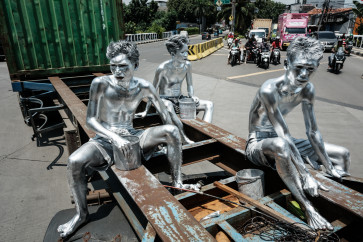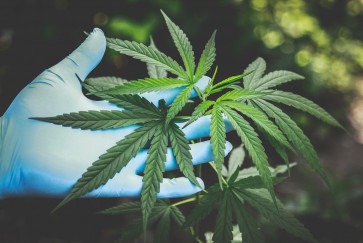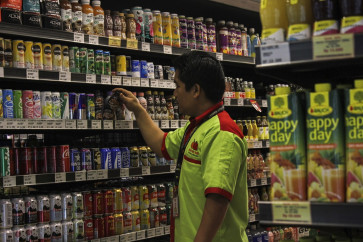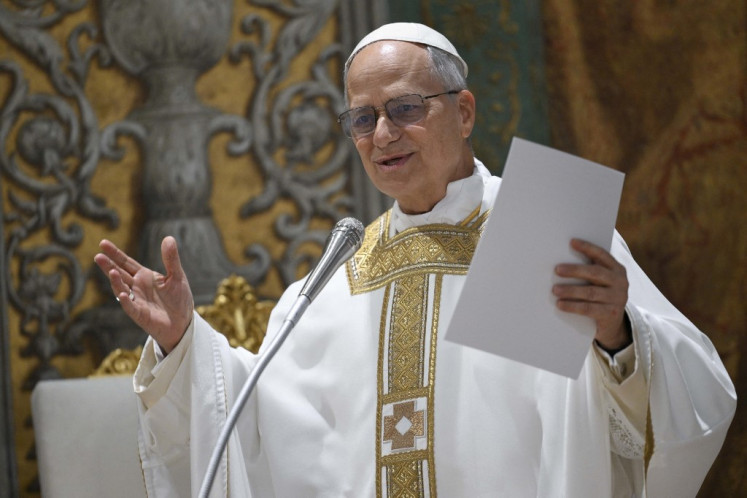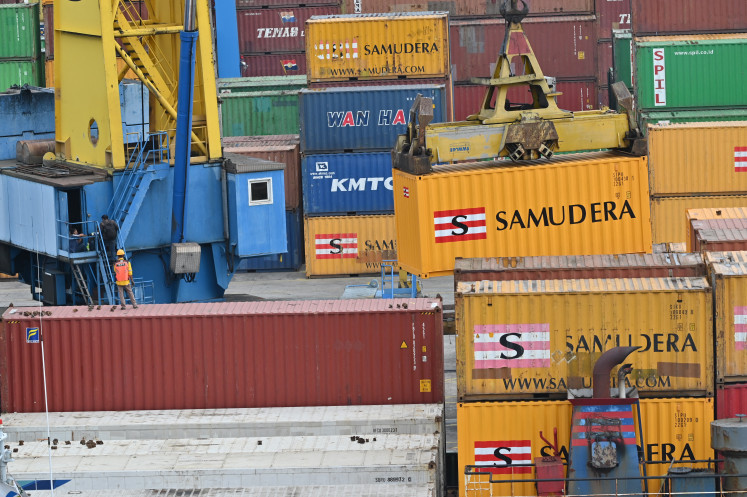Imagining the new Museum Nusantara
A miniature Batak house
Change text size
Gift Premium Articles
to Anyone

A miniature Batak house.
A flashback visit to the now-defunct Museum Nusantara (Archipelago Museum) in Delft, the Netherlands, is expected to inspire Indonesia to recreate the museum in its homeland.
Owing to the sluggish European economy in the past few years, Museum Nusantara in Delft, the Netherlands, was closed in January 2016, forcing the City Council of Delft to seek a solution to the handling of around 30,000 cultural artifacts and objects.
It was finally agreed to store part of the collection and auction another part to the public, while the thousands of remaining artifacts were to be granted to the Indonesian government. Therefore, in mid-November 2016, Dutch Prime Minister Mark Rutte handed over a kris to President Joko Widodo at the State Palace to symbolize the return of the heritage.
Despite the government’s deep gratitude for the remarkable grant, the collection means more work for Indonesia in managing state artifacts, among others, to find a proper place for the cultural treasure trove. It seems impossible to build a new museum amid the financial situation of Indonesia, which still demands some degree of caution.
A visit several years ago to Museum Nusantara showed that although it was located within the Prinsehof (Prince’s residence) compound, it looked like an ordinary house with no glamorous and classical nuances. As an indication, there was a large primitive totem in the yard with a becak (pedicab) nearby to portray Indonesian transportation.
The museum’s first room at the time displayed Mooi Indie (beautiful Indies) paintings of the former Nusantara archipelago, like the works of Bleckman, Fritz Ohl and Auke Sonnega. There were also pictures of C. Cunaeus (1828-1895) depicting Dutch welfare in Batavia (Jakarta) in the 17th century, in addition to Indonesian creations by Agus Djaya, Basoeki Abdullah and Koempoel. Presenting bygone realities of Nusantara nature, society and culture was the museum’s mission.
Established in 1911, the museum was systematically arranged though not quite tidy. Museum objects were divided into several periods, comprising the East Indies Company or VOC (1602-1799) period, the colonial period (1814-1942) and the post-colonial period until 1949. The VOC section was marked by the gallantry of Batavia governor-general Jan Pieterzoon Coen. The other area was a diorama of pre-Hindu Nusantara, Hindu-Javanese culture and de Indische Instelling (the time of adjustment).
A line of glass cabinets exhibited various primitive sculptures, traditional handicrafts and hundreds of krises from Bali, Java and Makassar, South Sulawesi. The museum’s highly valued handiwork products came from different regions of Indonesia such as tenun ikat (woven fabric patterned by binding), embroideries and batik. Especially for batik, shows were organized for Javanese batik and Dutch batik in combination with kebaya (long-sleeved blouses). Dutch girls appeared as presenters and models with a Javanese gamelan accompaniment.
On its floors were wooden and stone statues in the shapes of garuda (eagle), Bali’s barong (mythological lion) and totems of ancestral symbols, along with replicas of traditional boats of coastal regions giving prominence to their genuine bows. Also on show were mannequins clad in unique, attractive and surprising costumes, like those of Rote Island in East Nusa Tenggara and dummies of dancing and drumming Tanimbar people in Maluku.
In another room were miniatures of traditional Indonesian architecture like tongkanan (noblemen’s house) in the highlands of Toraja, North Sumatra, ethnic Batak Karo’s tall house with bamboo floors or ture-ture, West Sumatra ethnic Minang’s rumah gadang and uma (long house) in Mentawai. Bali featured its richly carved house based on the sacred architecture known as Asta Kosala Kosali. Amid the miniature buildings was an antique set of gamelan aged 200 years as the pride of the museum for a long time.
In several rooms visitors could look at diverse photos of the panoramas and living conditions in Andalas (Sumatra) in former times. At intervals of the series of pictures, films were screened to remind people of the fact that Nusantara had since the past been a land sought after and struggled for by whatever party.
The museum also strived to revive the atmosphere of Nusantara’s olden days. For instance, it staged Marsudi Laras Javanese gamelan music, a “Dutch wayang kulit” (shadow puppet) show with the Willem van Oranje (Willem of Orange) episode, and also exhibitions with specific themes, such as Art Deco op Bali (Art Deco in Bali), presenting Pita Maha group’s fine artworks accompanied by a legong keraton (palace) dance from Lasem, Bali. When Destination Borneo (Kalimantan) was the theme, Dayak dancers were invited. Such displays would last for four months.
For historical actualization, the museum had a room to play videos describing the present-day state and nation of Nusantara already called Indonesia. They illustrated the behavior of its society, the unique features of the lives of its ethnic groups, the staple foods of its composite population and the ritual ceremonies of its multifarious traditions.
The most unique highlight was Petruk, adopted by Museum Nusantara as its mascot. As an ordinary man and punakawan (royal servant), Petruk is the son of Semar and the sibling of Gareng and Bagong in the Mahabharata shadow puppet play, a field comedian in Javanese and Sundanese versions. Even as a ruler in the episode of Petruk Jadi Raja (Petruk Becomes king), he is subjected to ridicule. It is unclear why this figure was chosen.

— Photos by Agus Dermawan T.

